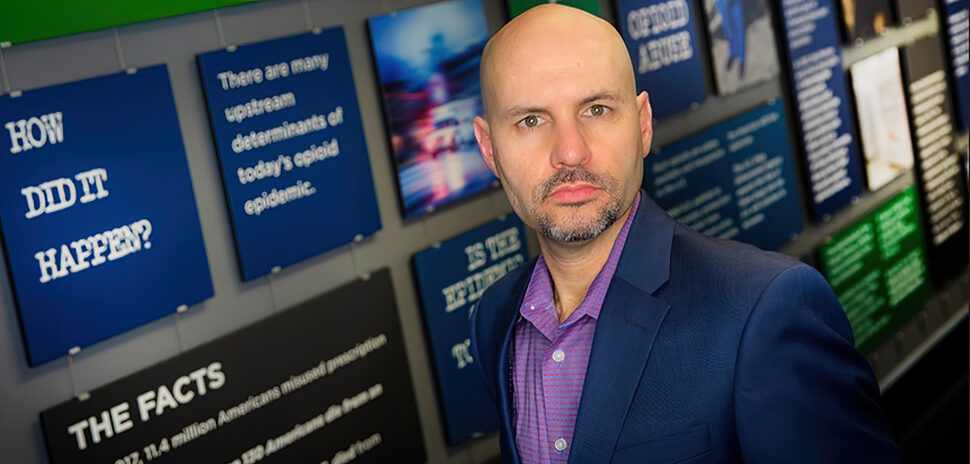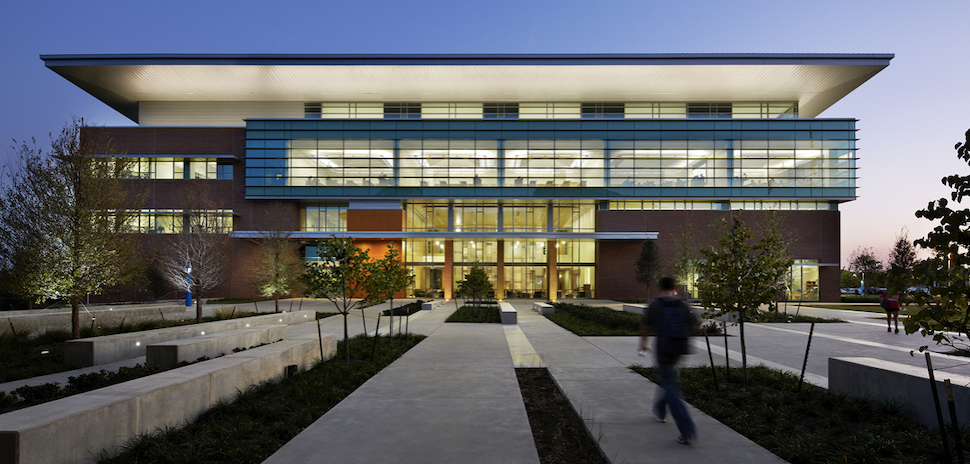Dallas-based Southwest Airlines on Thursday announced cascading changes to its leadership structure as part of an ongoing organizational overhaul that began in September 2022 and continues into 2023.
Senior Vice President Controller Leah Koontz, with a record of nearly 30 years of service, has decided to transition into the role of executive advisor starting August 16. Koontz has been instrumental in various significant projects and strategic initiatives, including integrating AirTran and developing Southwest’s first in-house revenue accounting system, the airline said in a news release.
“Leadership is a calling to serve, and Southwest has a long-standing history of talented and dedicated leaders who put employees and customers before themselves, which brings me immense pride,” said Bob Jordan, president and CEO at Southwest Airlines. He extended his gratitude to Koontz for her contributions, emphasizing the legacy she leaves behind.
Koontz’s transition paves the way for several other leadership changes.
The reshuffle sees Ryan Martinez, formerly vice president of investor relations, stepping into Koontz’s shoes as senior vice president controller. A 17-year veteran at Southwest, Martinez has emerged as a “reliable voice” within the investment community, the airline said.
Additionally, Julia Landrum will transition from vice president financial planning and analysis to vice president of investor relations. Before joining Southwest in 2016, Landrum held leadership roles at Studio Movie Grill, Ernst and Young LLP, The Home Depot, and United Airlines.
Martinez’s and Landrum’s moves are effective Aug. 16.
In other financial reorganization moves, Michael Cole, an 18-year Southwest veteran, will assume the position of vice president financial planning and analysis, which was effective June 1.
Marketing and Customer Experience
Starting March 1, Southwest’s marketing and customer experience and engagement organization has undergone significant restructuring, now divided into five departments. These departments fall under the comprehensive leadership of Tony Roach, the senior vice president of marketing and customer experience. Roach’s mandate includes overseeing key areas such as marketing, customer experience and digital (CXD), customer engagement, travel products, as well as department planning, operations, and delivery.
That extends to multiple aspects of the business, encompassing digital experience, market launch strategies, the airline’s loyalty program—Rapid Rewards, and other ancillary products.
As part of the strategic restructure, the digital experience function will transition from the marketing umbrella to join the customer experience organization. The move strategically places the CXD department as an enterprise-wide support function, responsible for meeting the growing needs of Southwest’s customers throughout their entire travel journey. This move aligns with the airline’s customer-centric approach and supports the broader business objectives, including revenue generation, operational efficiency, and cost-saving goals, accounting to the announcement.
In the CXD area, Bill Tierney has transitioned from vice president marketing and digital experience to vice president customer experience and digital, also effective as of March 1.
Southwest Airlines stresses that this doesn’t change the central role of the marketing department. Its main job – to attract more customers and increase the company’s earnings—isn’t changing.
In other marketing division moves, Jonathan Clarkson transitioned from vice president of marketing and loyalty products to vice president of marketing, while Jennifer Bridie was promoted to vice president of marketing communications and strategy, effective May 16.
Southwest said Bridie has played a key role in starting creative campaigns like “Transfarency” and reviving Southwest’s famous “Wanna Get Away” slogan. Before she joined Southwest Airlines in 2013, Bridie worked in the advertising field. The experience has given the VP a deep understanding of the “art and science” of advertising, which still guides her work today, the airline said.
Technology organization
On the cybersecurity front, Carrie Mills was promoted from Managing Director to Vice President of Cybersecurity, as of March 16.
Mills’ day-to-day tasks involve running the cybersecurity operations and leading key initiatives such as managing privileged access, safeguarding data privacy, expanding the use of multi-factor authentication, managing vulnerabilities, and overseeing the response and recovery process for cybersecurity incidents.
Since joining Southwest in 2017, Mills has made significant contributions to improve the company’s cybersecurity measures. Some of these contributions include setting up a 24/7 security operations center, improving procedures for responding to cybersecurity incidents, rolling out new technologies to aid in managing vulnerabilities, and setting up a special team focused on aviation cybersecurity.
Mills has not only helped the company meet requirements of many federal agencies, but also led a project to put in place an integrated risk management platform, according to the airline.
Inflight operations
Sonya Lacore, previously vice president of inflight operations, has decided to step into an executive advisor role effective June 16. the shift clears the way for Steve Murtoff to take over as vice president of inflight operations, the airline said.
CEO Jordan expressed deep gratitude for Sonya Lacore’s contributions to the company, and for the “promoted leaders who are stepping up to oversee these important functions that contribute to the success our people work so hard to achieve.”
Southwest Airlines, known globally for its service and value, operates in 121 airports across 11 countries. Starting in 1971 with a mission to make air travel accessible and affordable for everyone, Southwest says it’s now the airline that carries the most people flying nonstop within the U.S.
![]()
Get on the list.
Dallas Innovates, every day.
Sign up to keep your eye on what’s new and next in Dallas-Fort Worth, every day.






![[Image: Ryzhi/istockphoto]](https://s24806.pcdn.co/wp-content/uploads/2019/02/Ryzhi_big-data-and-artificial-intelligence-domination-concept-vector-id1060622908-970x464.jpg)


























